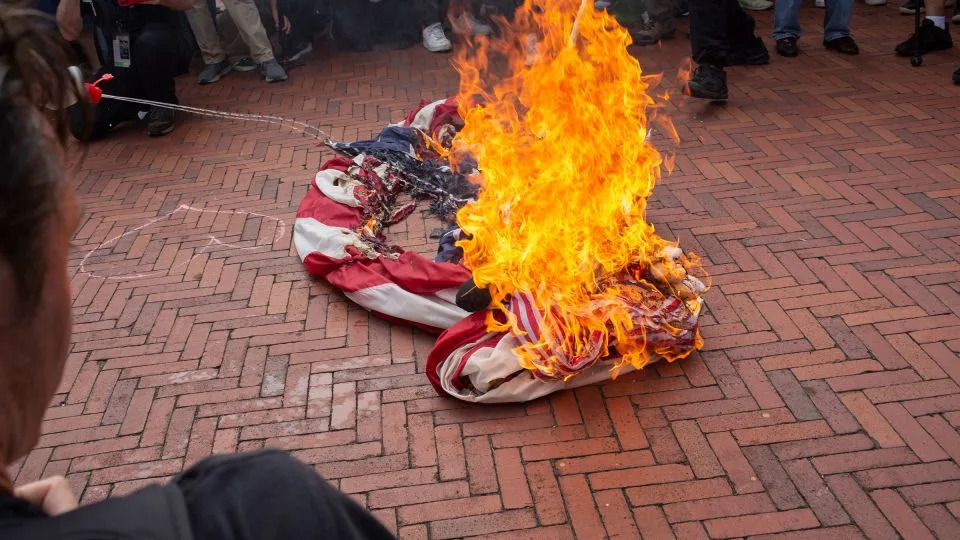
President Donald Trump sees an epidemic of flag burning and says it needs attention.
“All over the country they’re burning flags,” Trump said Monday in the Oval Office, declaring it an important issue. He signed an executive order directing his Justice Department to investigate incidents of flag burning where laws are broken.
There are a few problems with his claim, the first of which is that it’s not at all clear they’re burning flags all over the country.
There are incidents of flag burning at protests, surely, such as when pro-Palestinian protesters burned an American flag alongside Israeli Prime Minister Benjamin Netanyahu’s address to Congress last year.
That burning drew bipartisan opposition. Then-Vice President Kamala Harris condemned the act and said the flag “should never be desecrated in that way.”
‘Sad’ Supreme Court protected flag burning as speech
But beyond the question of whether flags are indeed being burned all over the country is the fact that the Supreme Court, back in 1989, declared flag burning to be a protected form of speech under the First Amendment.
Trump acknowledged that decision by a “sad” Supreme Court, and his executive order is seemingly written to address the Supreme Court’s flag burning decisions.
The administration will try to prosecute other crimes, like violent crimes, hate crimes and crimes “against property and the peace,” as a way to deter flag burning, according to a White House fact sheet.
Trump spoke to that Supreme Court decision when he said the simple act of burning the flag is an incitement.
Trump:
A landmark decision
The Supreme Court of 1989 felt differently when it considered the case of Gregory Lee Johnson, a member of the Revolutionary Communist Youth Brigade who broke Texas state law when, outside the 1984 Republican National Convention, he doused a flag in kerosene and lit it on fire.
Most states — 48, according to a New York Times report at the time — then had laws to outlaw flag burning. So the court, when it decided the case, created a new right of expression for most Americans.
“… The Government cannot assume that every expression of a provocative idea will incite a riot, but must look to the actual circumstances surrounding the expression,” Justice William Brennan wrote for the majority.
Flag burning does not, on its own, constitute “fighting words,” the court held.
Trump wants to prosecute anyone whose flag burning does incite violence, according to his order. At the very least, this may be an invitation to get the Supreme Court to take another look.
A case that tore the court apart
The decision cut across ideological lines, according to CNN’s chief Supreme Court analyst Joan Biskupic.
Brennan, who wrote the decision, was a liberal, but the five-justice majority included the frequent swing vote Justice Anthony Kennedy and the strident conservative Justice Antonin Scalia.
In an email, Biskupic explained how the case split the justices:
Congress immediately responded with a new law
Congress, displeased, passed a law that spoke to the 1989 decision, and tried to outlaw flag burning despite the Supreme Court’s decision.
The Court, in 1990, quickly responded to Congress in a different case and reaffirmed that flag burning is protected speech.
“The main kind of speech that tyrants would seek to suppress”
Years later, in 2012, Scalia spoke at length about flag burning during an interview with Piers Morgan on CNN.
Scalia:
Scalia later added that flag burning was not a form of insurrection.
“That’s just saying we dislike the government. It’s not urging people to take up arms against the government. That’s something quite different,” he said.
The court’s two decisions did not put the issue to rest
In 2006, at the height of the unpopular US war in Iraq, the Senate came within one vote of proposing a constitutional amendment to ban flag burning.
It was Republicans’ leader at the time, Sen. Mitch McConnell of Kentucky, who cast the deciding vote to defeat the proposal, which required a two-thirds majority, usually 67 of 100 votes, under the Constitution.
The answer to flag burning, McConnell argued in a 2006 op-ed in Kentucky, was more freedom, not less.
Now, however, Republicans in the Senate are led by Sen. John Thune, the South Dakotan who has called for passage of a constitutional amendment to outlaw flag burning.
Trump has long spoken against flag burning. After the 2016 election, he suggested that people who burn the American flag should forfeit their citizenship.
Americans have long opposed flag burning, but…
While the Supreme Court has protected Americans’ right to burn the flag in protest, most Americans oppose flag burning. In a 2021 poll from the Knight Foundation and Ipsos, only 31% of Americans agreed that people should be allowed to burn the American flag. More recently, two-thirds of Americans said in a YouGov/CBS poll published in July that flag burning should be against the law. Back when the Supreme Court ruled that flag burning was protected speech, it was an unpopular decision.
More than two-thirds of Americans supported a constitutional amendment to outlaw flag burning, according to polling at the time, although only a minority saw that issue as a very important one.
Over time, the country’s appetite for a constitutional amendment on flag burning waned. By 1998, a poll from ABC News and the Washington Post found a near-even split over whether to amend the Constitution to make flag burning illegal (51% supported that amendment, 48% said leave the Constitution as is), and in 2006, a Gallup/USA Today poll found 54% saying “the Constitution should not be amended to specifically prohibit flag burning or desecration.”
Alito and flags
It’s not clear how the current Supreme Court might view flag burning should the issue come to their attention as a result of Trump’s executive order.
At least one current Supreme Court justice has firsthand experience with manipulating the American flag to make a political point. Justice Samuel Alito’s wife flew the flag upside down at their Virginia home in January of 2021, days before President Joe Biden was set to take office. Alito said he had nothing to do with the gesture, but that it was his wife, a lover of flags, who flew the flag upside-down in the midst of a spat with their neighbor.
For more CNN news and newsletters create an account at CNN.com
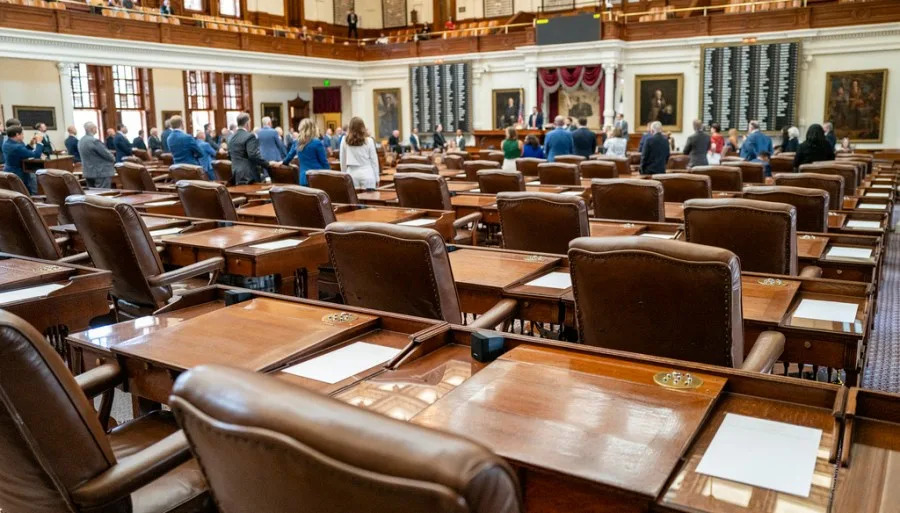

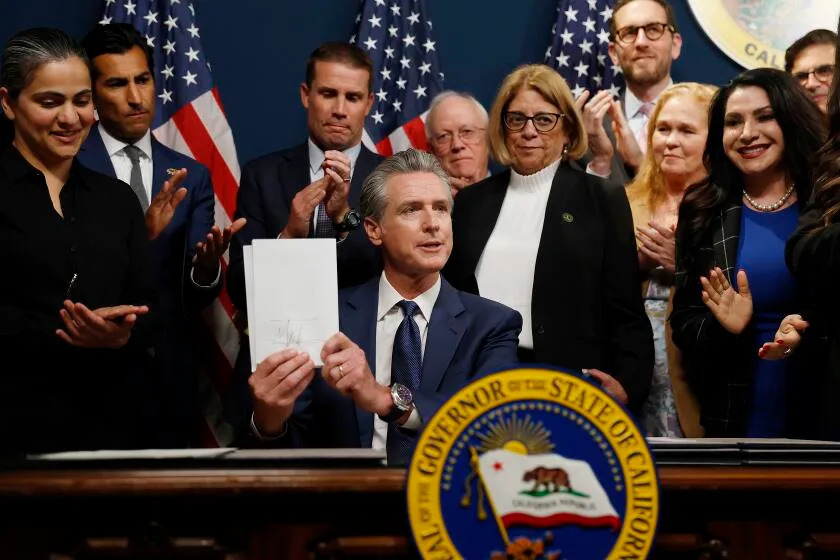
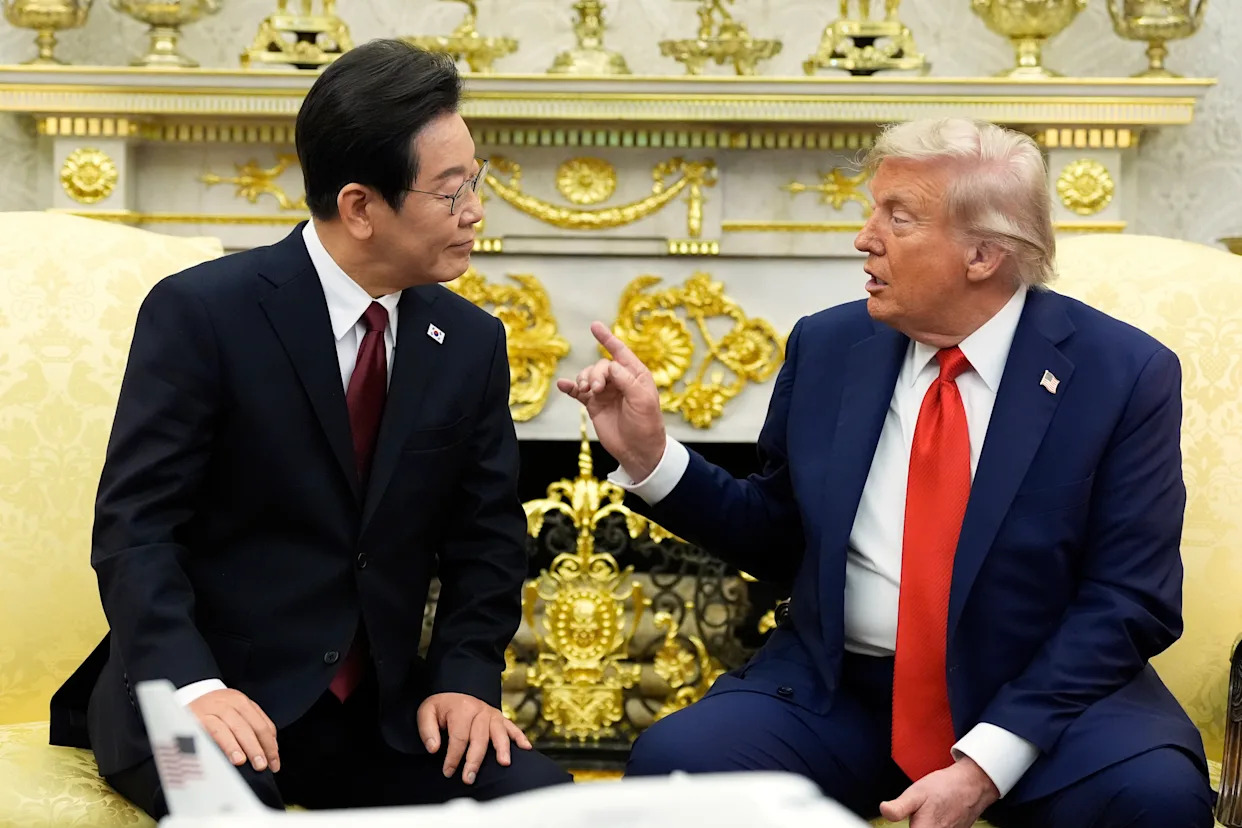
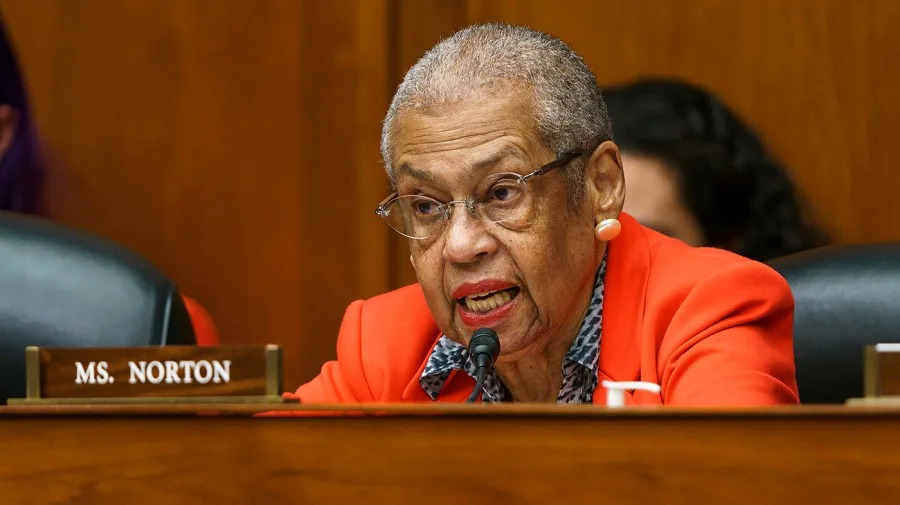
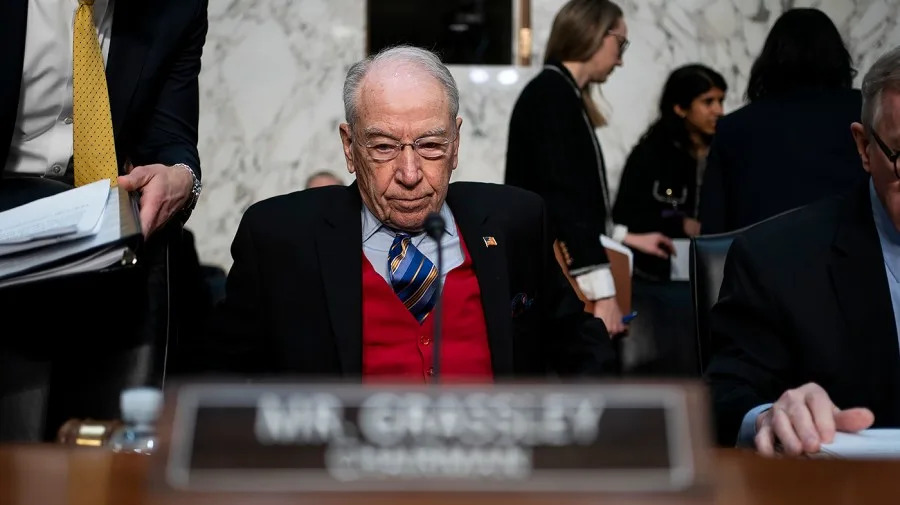
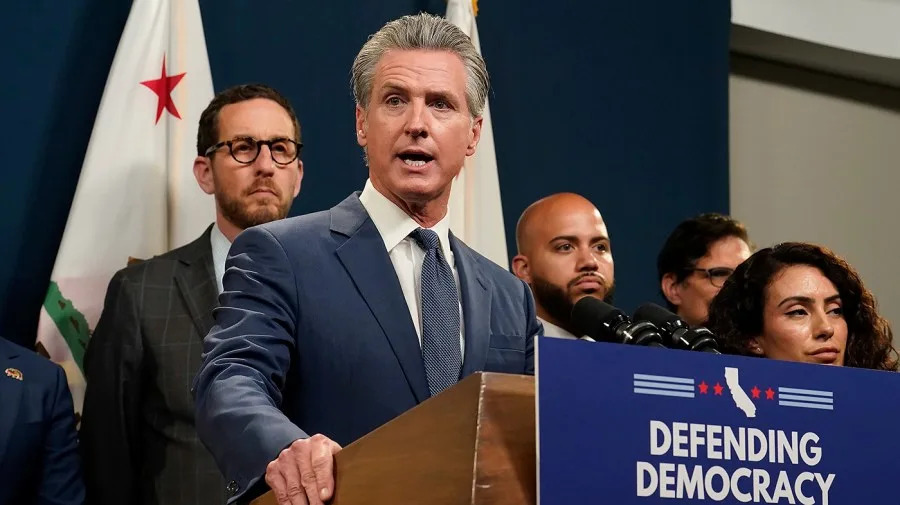
Comments